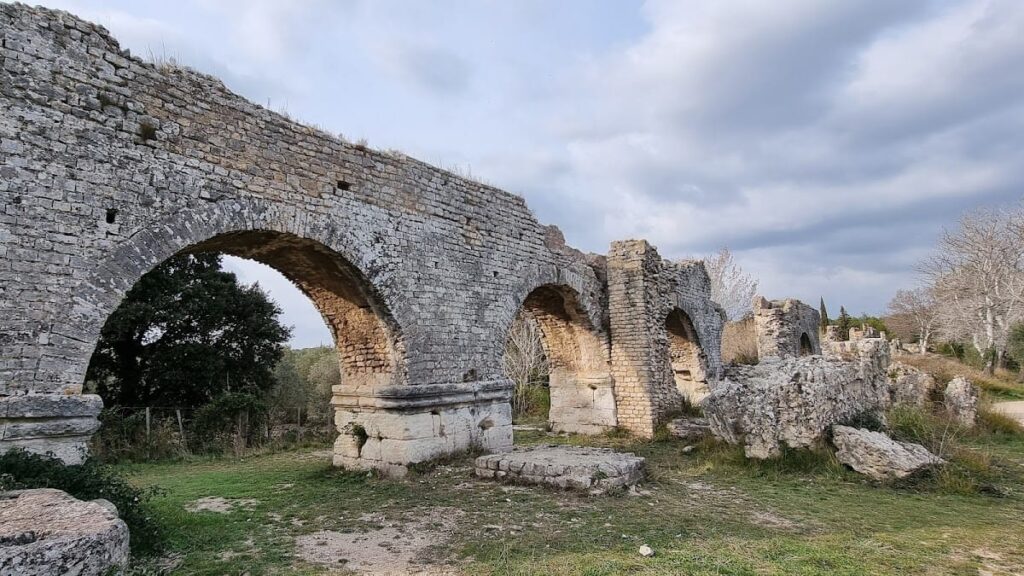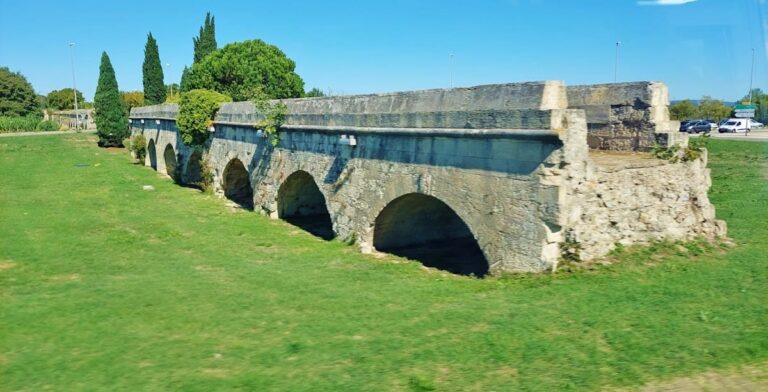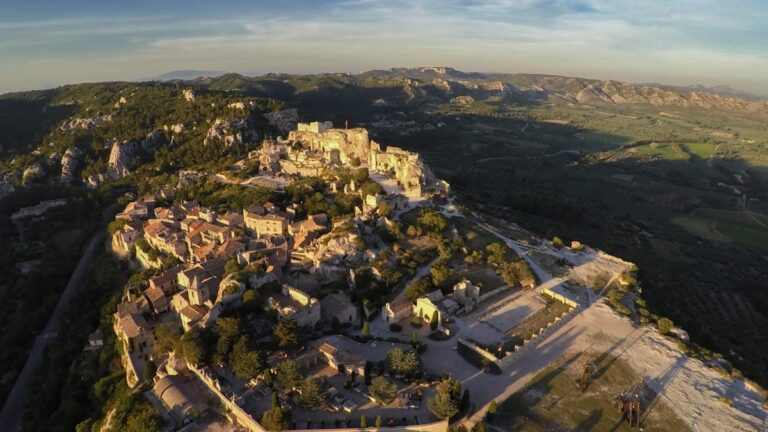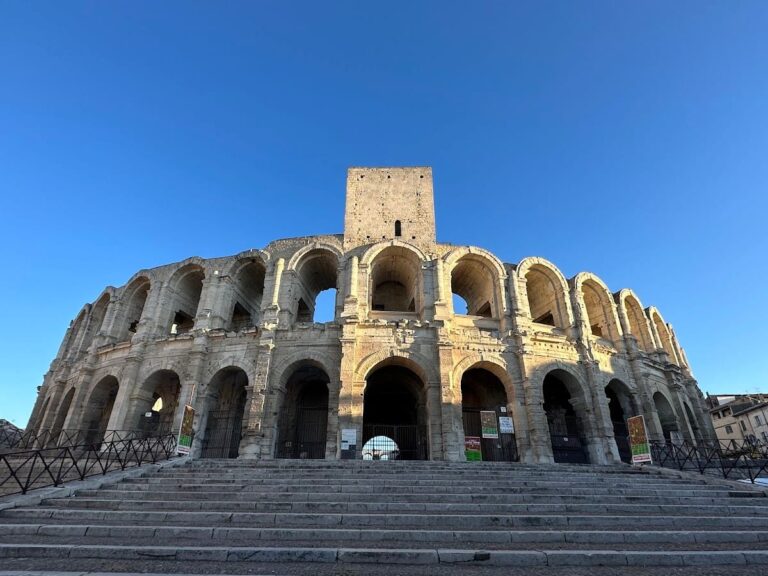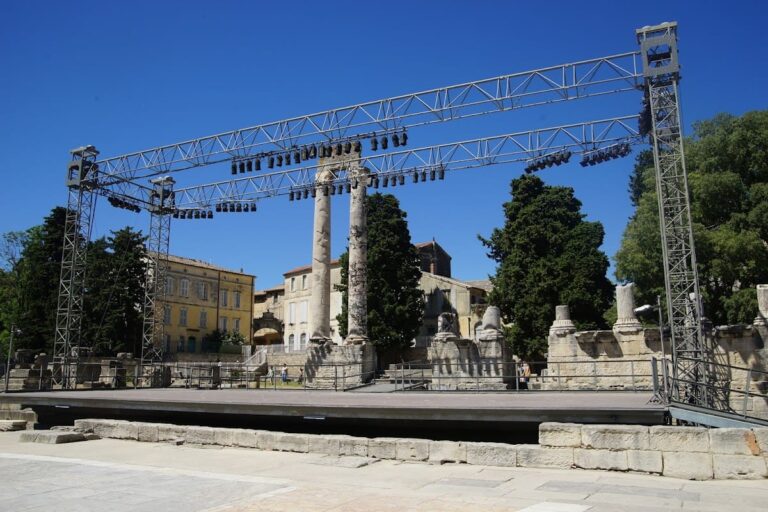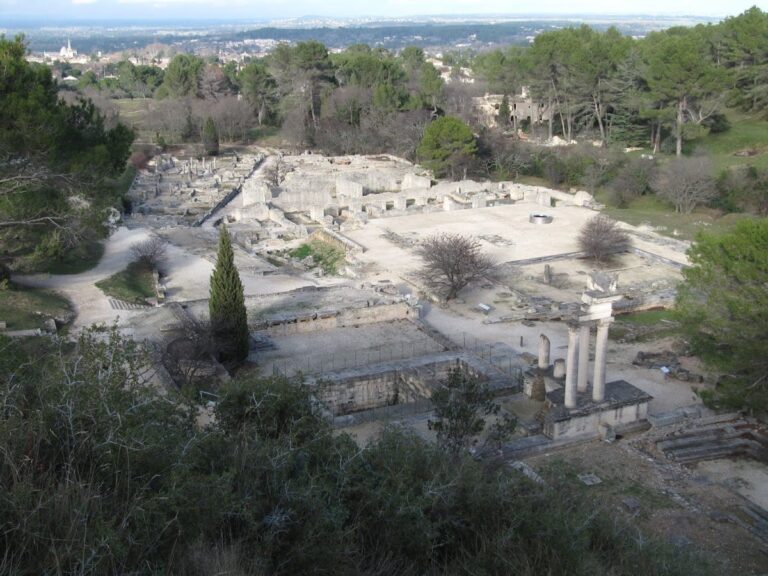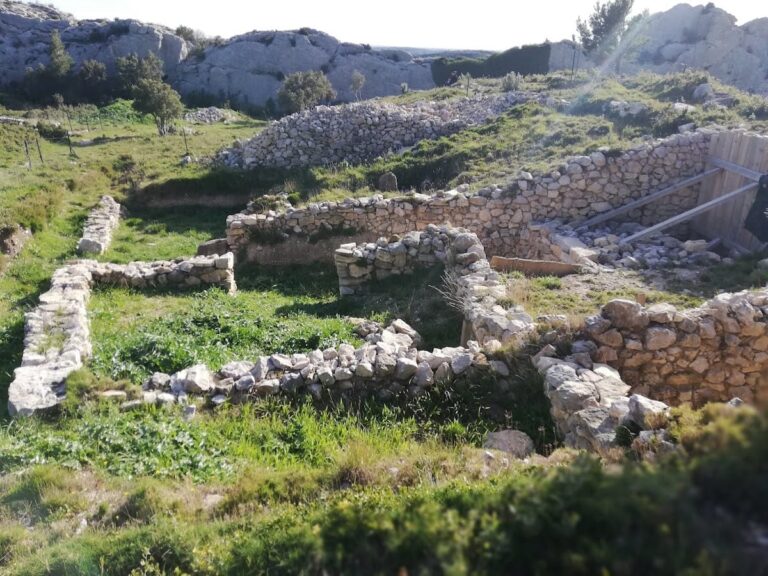Barbegal: The Roman Aqueduct and Mill Complex near Arles
Visitor Information
Google Rating: 4.5
Popularity: Medium
Google Maps: View on Google Maps
Official Website: www.alpillesenprovence.com
Country: France
Civilization: Roman
Remains: Economic
History
The Roman aqueduct and mill complex of Barbegal is situated near Fontvieille in southern France, roughly 7 to 12 kilometers east-northeast of the ancient city of Arles, known in Roman times as Arelate. This region was part of the Roman Empire during the early 2nd century AD when the complex was constructed. The aqueduct and mills were built to serve the growing population of Arles by providing a steady supply of flour.
The complex operated primarily during the 2nd and early 3rd centuries AD. It was designed to harness water power to grind grain into flour, supporting an estimated population of 10,000 to 12,500 people, with some estimates suggesting it could feed up to 30,000 or 40,000 inhabitants. The aqueduct system diverted water from two branches, with the eastern branch feeding the Barbegal mills and the western branch continuing to supply Arles itself.
Ownership of the complex likely belonged to the proprietor of a nearby Roman villa at Mérindole. An inscription on the sarcophagus of Q. Candidius Benignus, an engineer praised for his skill in mechanical and water management works, suggests he may have been responsible for the design or construction of the mills. The complex ceased operation in the early 3rd century, after which it fell into disuse.
Excavations in the 1990s clarified the function of the site, disproving earlier theories. Studies of limestone deposits on the water wheels indicate the flour produced was used to bake large quantities of bread, possibly intended for provisioning ships. The site has been recognized for its historical importance since the late 19th century, with partial classification as a historic monument beginning in 1886 and further protections added in 1937.
Between 2017 and 2020, a multidisciplinary team led by Philippe Leveau reconstructed one of the water wheels, providing new insights into the operation of the complex and complementing archaeological understanding of the site.
Remains
The Barbegal complex consists of sixteen overshot water wheels arranged in two parallel rows of eight, descending a steep hillside in the Vallon des Arcs near Fontvieille. The mills were powered by water flowing down approximately 18 meters in elevation, supplied by an aqueduct system that included two parallel aqueduct bridges crossing the valley. These aqueducts converged just north of the mill complex, with a sluice controlling water flow to the wheels.
Constructed in the early 2nd century AD, the complex was built using substantial masonry techniques typical of Roman engineering. Surviving remains include water channels, mill foundations, and a staircase ascending alongside the mills. The water wheels were of the overshot type, meaning water flowed over the top of the wheel, turning it by gravity. The outflow from each wheel powered the next wheel below, creating a cascading sequence down the hillside.
The site retains significant structural remains, though it is partially overgrown. The rock-cut cleft at the top of the mill complex is about three meters deep, channeling water to the wheels. No decorative elements or inscriptions have been found on the mill structures themselves, aside from the engineer’s sarcophagus inscription found nearby.
A reconstructed water wheel, completed between 2017 and 2020, is displayed at the Château de Montauban. This reconstruction offers valuable information about the mechanical design and operation of the mills. The Arles Museum of Antiquity houses a detailed model of the Barbegal mills, helping to illustrate the site’s function and layout.
Overall, the remains provide a clear picture of a large-scale, water-powered milling operation that was unique in the ancient world for its concentration of mechanical power. The site’s preservation allows ongoing study of Roman hydraulic engineering and industrial technology.
